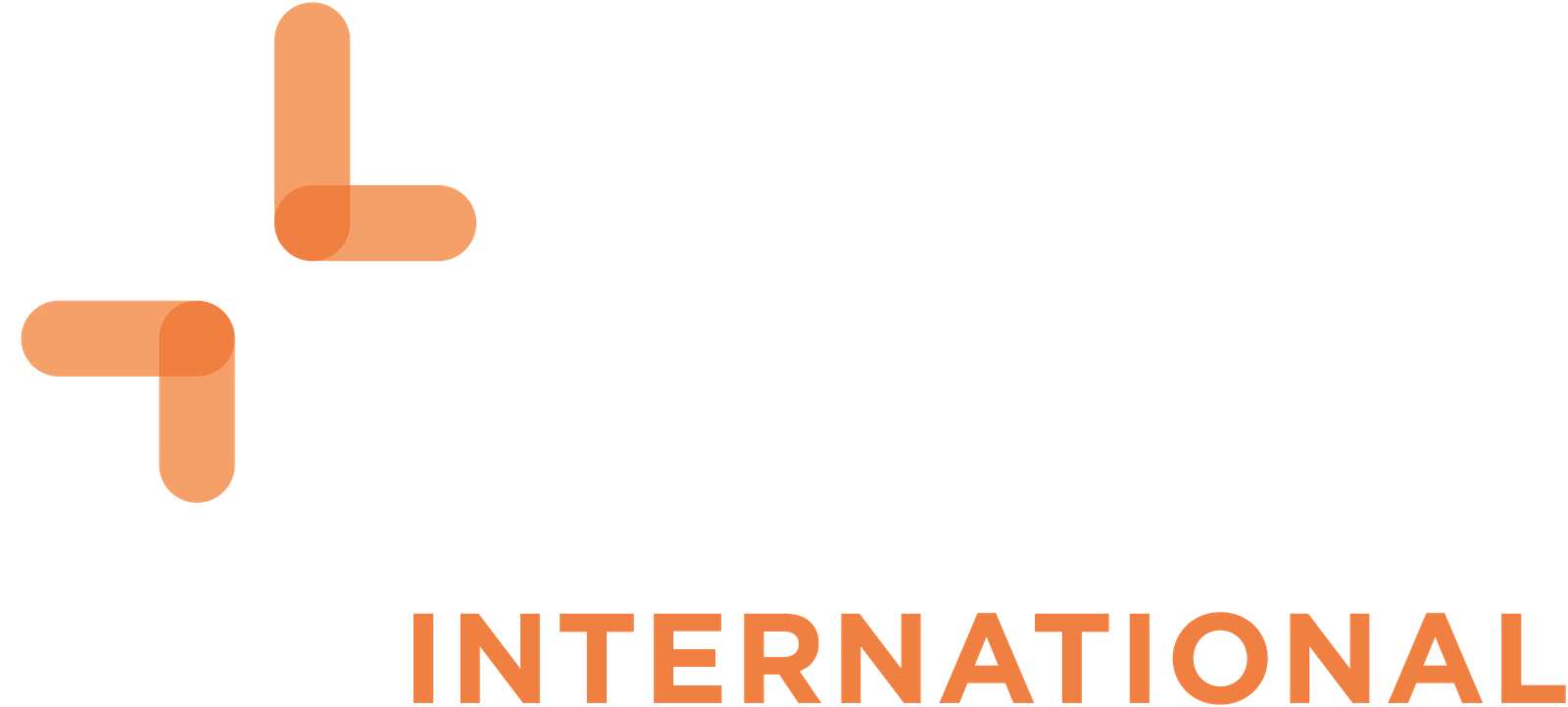Conditions & Diseases
Spinal Stenosis
What is Spinal Stenosis?
Spinal stenosis, often referred to as spinal canal stenosis, is a medical condition characterized by the narrowing of the spaces within the spine. This narrowing typically affects the spinal canal, which houses the spinal cord, and the neural foramina, which are the small openings between the vertebrae through which the spinal nerves exit. As the spinal canal becomes constricted, it can put pressure on the spinal cord and nerves, leading to a range of symptoms. This condition can occur in various regions of the spine, including the cervical (neck), thoracic (upper/mid-back), and lumbar (lower back) areas.
Have you been diagnosed with Spinal Stenosis?
Get started with Healwise to receive free and professional healthcare assistance from start to finish.
Submit your information today and get treatment & hospital recommendations fast, with no obligation to commit.
Symptoms
The symptoms of spinal stenosis can vary depending on the location and severity of the narrowing. Common signs and symptoms may include:
-
Back Pain: Many individuals with spinal stenosis experience persistent, aching pain in the affected area of the spine.
-
Numbness or Weakness: As spinal nerves are compressed, it can result in numbness, tingling, or weakness in the arms or legs. This often occurs in a specific pattern based on the level of spinal stenosis.
-
Difficulty Walking: Lumbar spinal stenosis can lead to leg pain and weakness, making it challenging for individuals to walk or stand for extended periods. Some people find relief when they bend forward.
-
Balance Issues: Severe lumbar stenosis may cause problems with balance and coordination.
-
Neck Pain: Cervical spinal stenosis can lead to neck pain and potentially radiating symptoms into the arms and hands.
-
Bowel or Bladder Dysfunction: In rare cases of severe stenosis, pressure on the spinal cord can result in difficulties with bladder or bowel control.
It’s essential to note that not everyone with spinal stenosis will experience the same symptoms, and some individuals may remain asymptomatic even with significant narrowing of the spinal canal.
Diagnosis
To diagnose spinal stenosis, a healthcare provider will typically perform a thorough evaluation, which may include:
-
Medical History: Your doctor will ask about your symptoms, their duration, and any relevant medical history.
-
Physical Examination: A physical examination may reveal signs of muscle weakness, numbness, or changes in reflexes associated with spinal stenosis.
-
Imaging Studies: X-rays, magnetic resonance imaging (MRI), and computed tomography (CT) scans are valuable tools for visualizing the spine’s structure and identifying areas of stenosis.
-
Electrodiagnostic Tests: Electromyography (EMG) and nerve conduction studies can help assess nerve function and identify areas of nerve compression.
-
Provocative Tests: Sometimes, healthcare providers may use specific maneuvers or provocative tests to reproduce symptoms and confirm the diagnosis.
Treatment
Treatment for spinal stenosis aims to alleviate symptoms, improve function, and enhance the patient’s quality of life. The approach to treatment may vary depending on the severity of the condition and the patient’s individual needs. Common treatment options include:
-
Conservative Measures: In less severe cases, non-surgical treatments may be effective. These can include physical therapy, exercises, pain management techniques, and medications to reduce inflammation and alleviate pain.
-
Epidural Steroid Injections: Injections of corticosteroids into the epidural space around the spinal cord can provide temporary relief from pain and inflammation.
-
Surgery: When conservative treatments are ineffective, or if the condition is severe and causing significant neurological deficits, surgery may be recommended. Surgical options include decompressive laminectomy, spinal fusion, and other procedures aimed at relieving pressure on the spinal cord or nerves.
-
Minimally Invasive Procedures: Some patients may be candidates for minimally invasive surgical techniques, such as endoscopic spine surgery, which can reduce the trauma associated with traditional open surgery and promote faster recovery.
-
Lifestyle Modifications: Lifestyle changes, including maintaining a healthy weight, staying physically active, and avoiding activities that worsen symptoms, can be beneficial in managing spinal stenosis.
The choice of treatment will depend on the patient’s specific condition, overall health, and individual preferences. It’s essential for individuals with spinal stenosis to work closely with their healthcare providers to develop a personalized treatment plan that addresses their unique needs and goals. Early diagnosis and appropriate management can help individuals with spinal stenosis lead active and fulfilling lives while minimizing the impact of their symptoms.
Healwise provides solutions for individuals facing health challenges like Spinal Stenosis. One of the advanced treatments offered by Healwise for Spinal Stenosis is Over The Top Decompression. This procedure is designed to alleviate the pain and discomfort associated with Spinal Stenosis, a condition characterized by the narrowing of the spinal canal.
Find Free & Quick Help with Healwise

Discover top doctors who can treat Spinal Stenosis.
Healwise gives you top neurosurgery expert recommendations in nearby countries, and supports you from start to finish. All at no extra cost to you.

